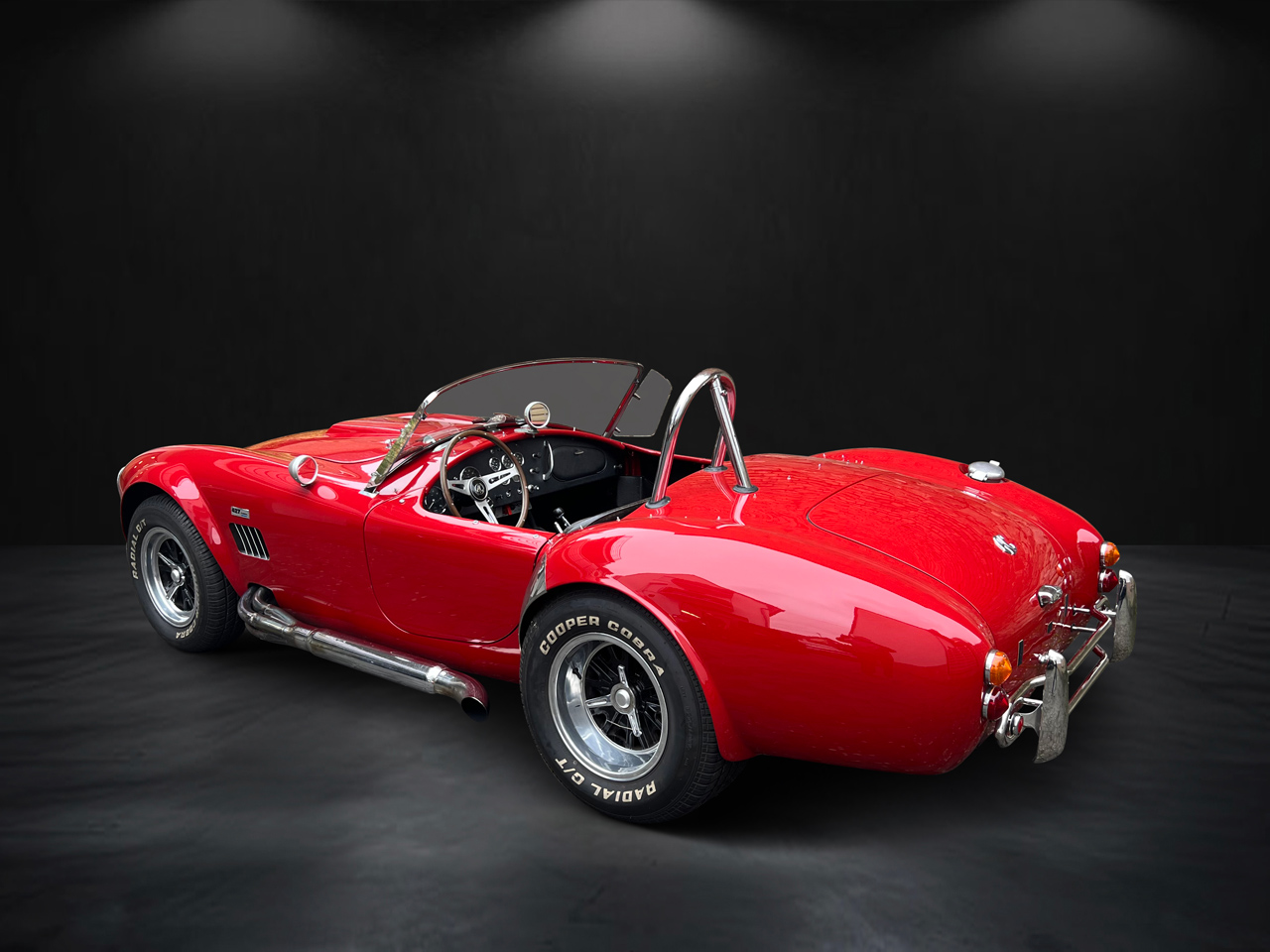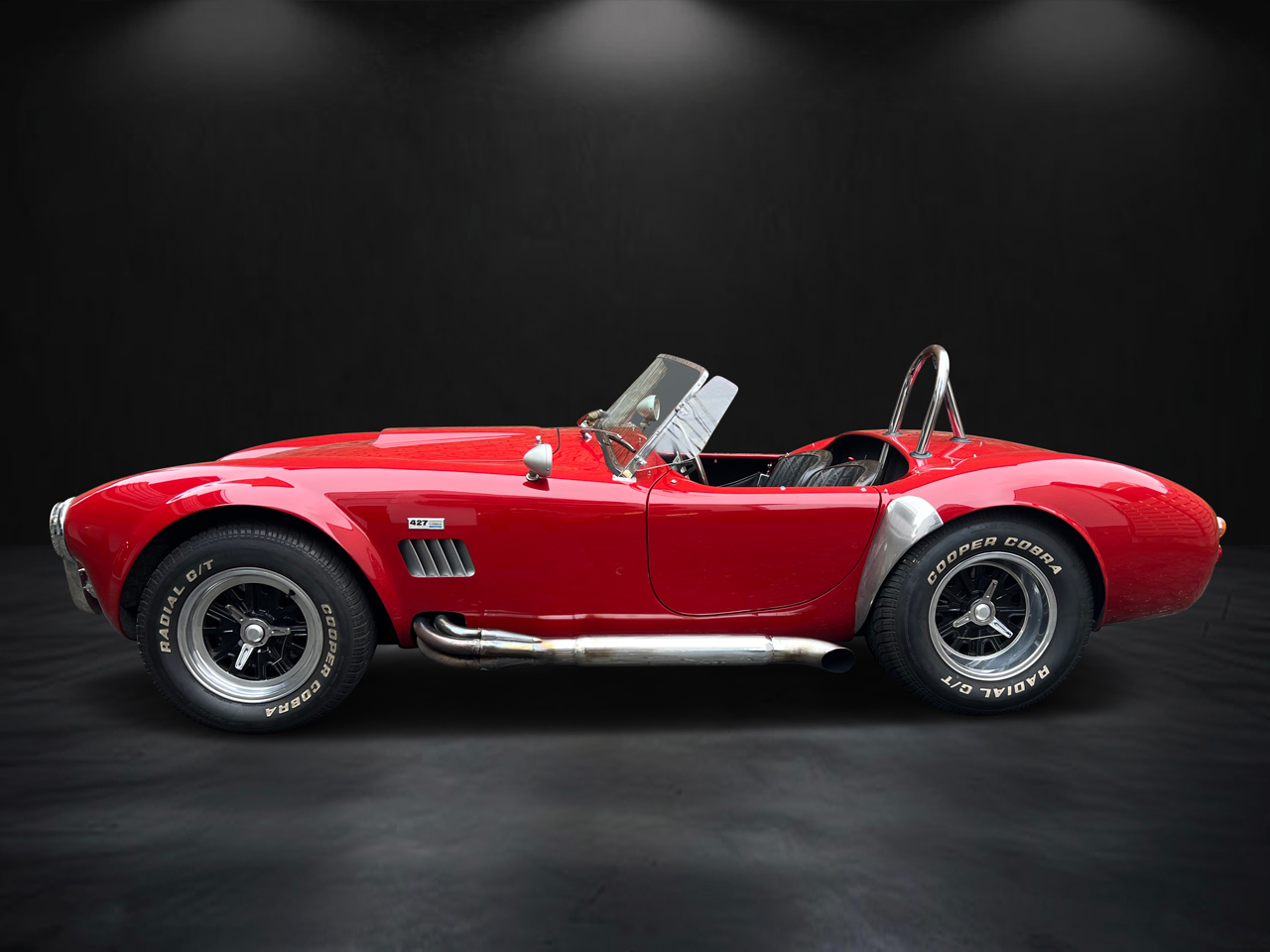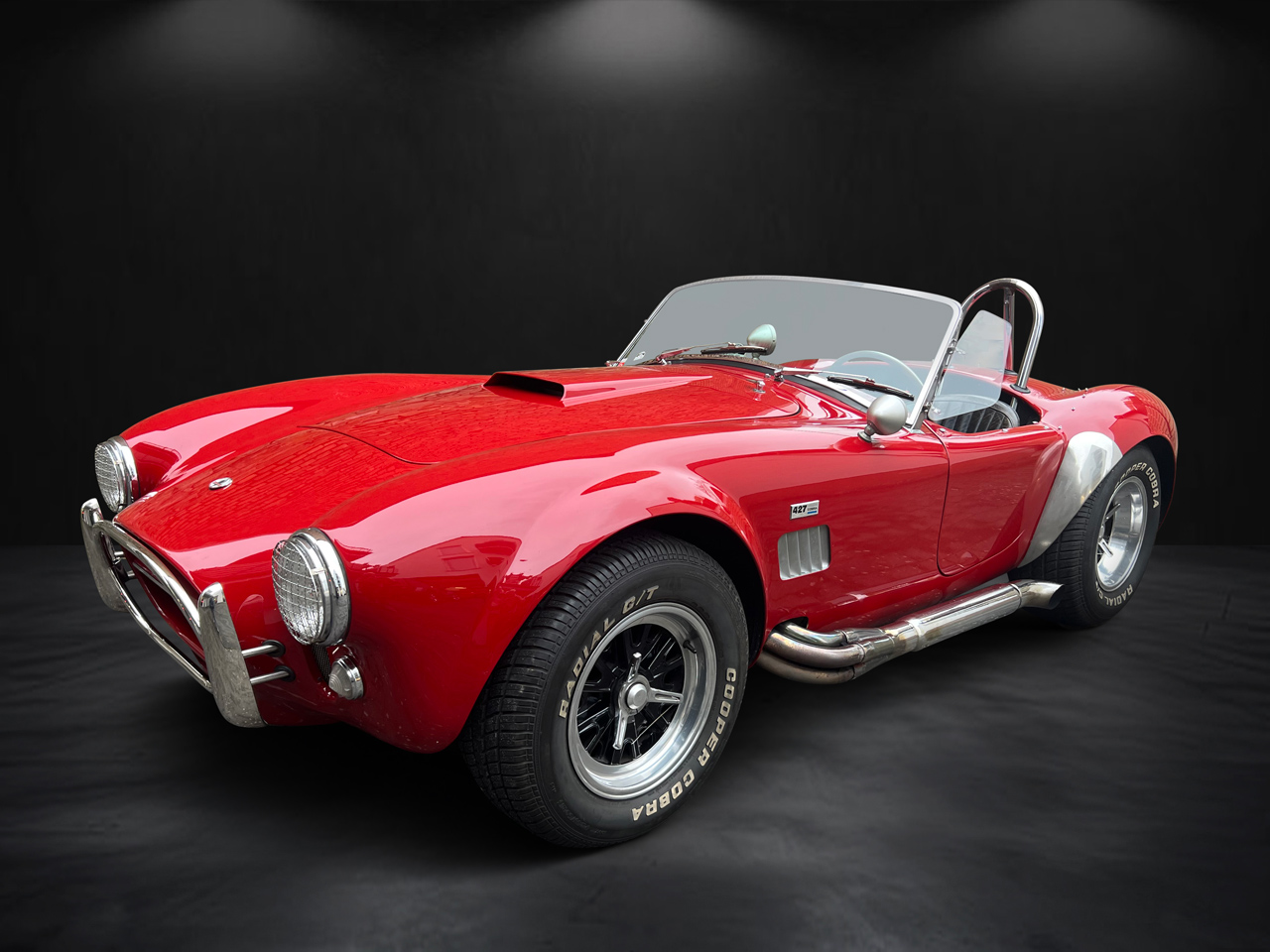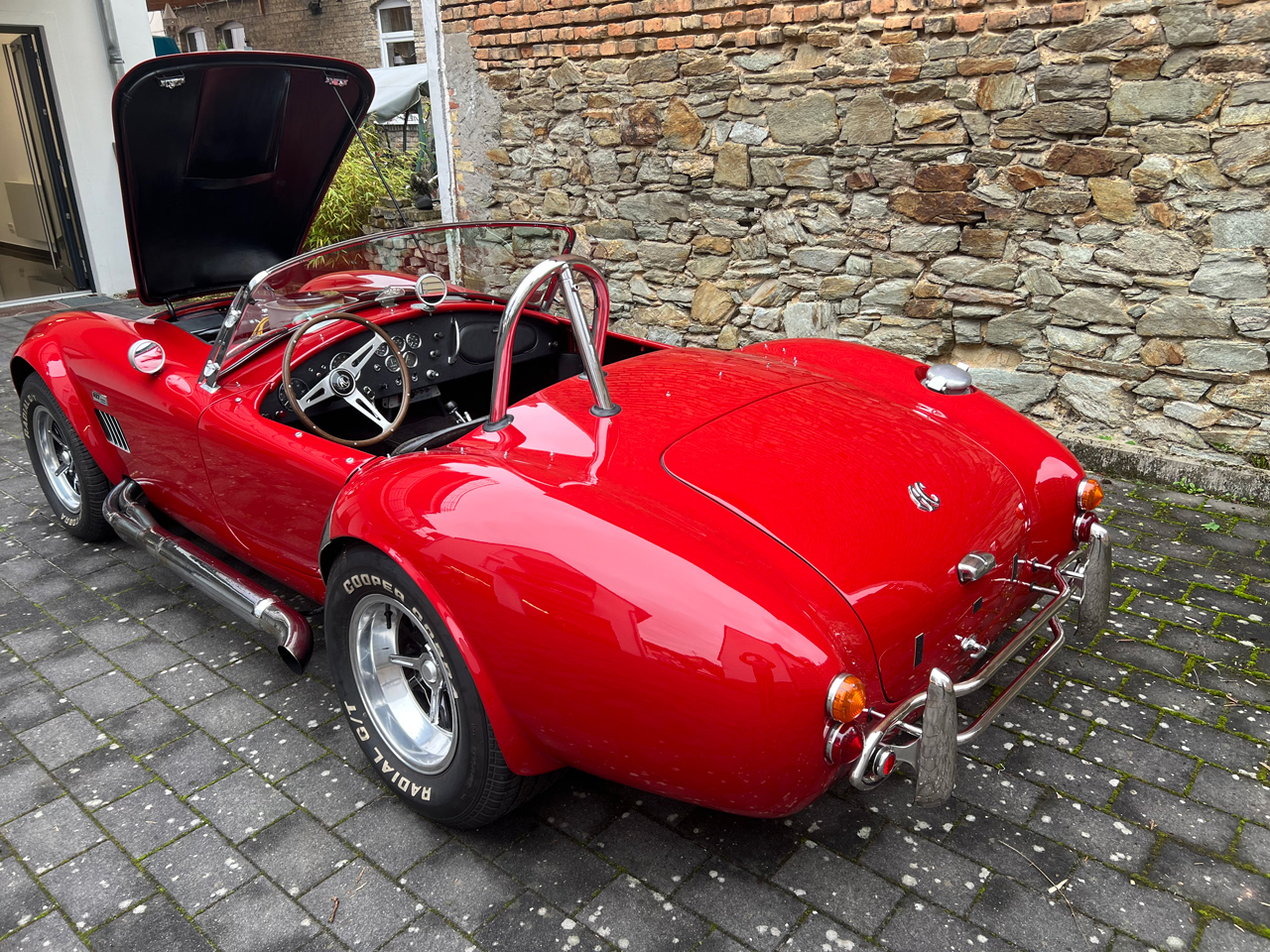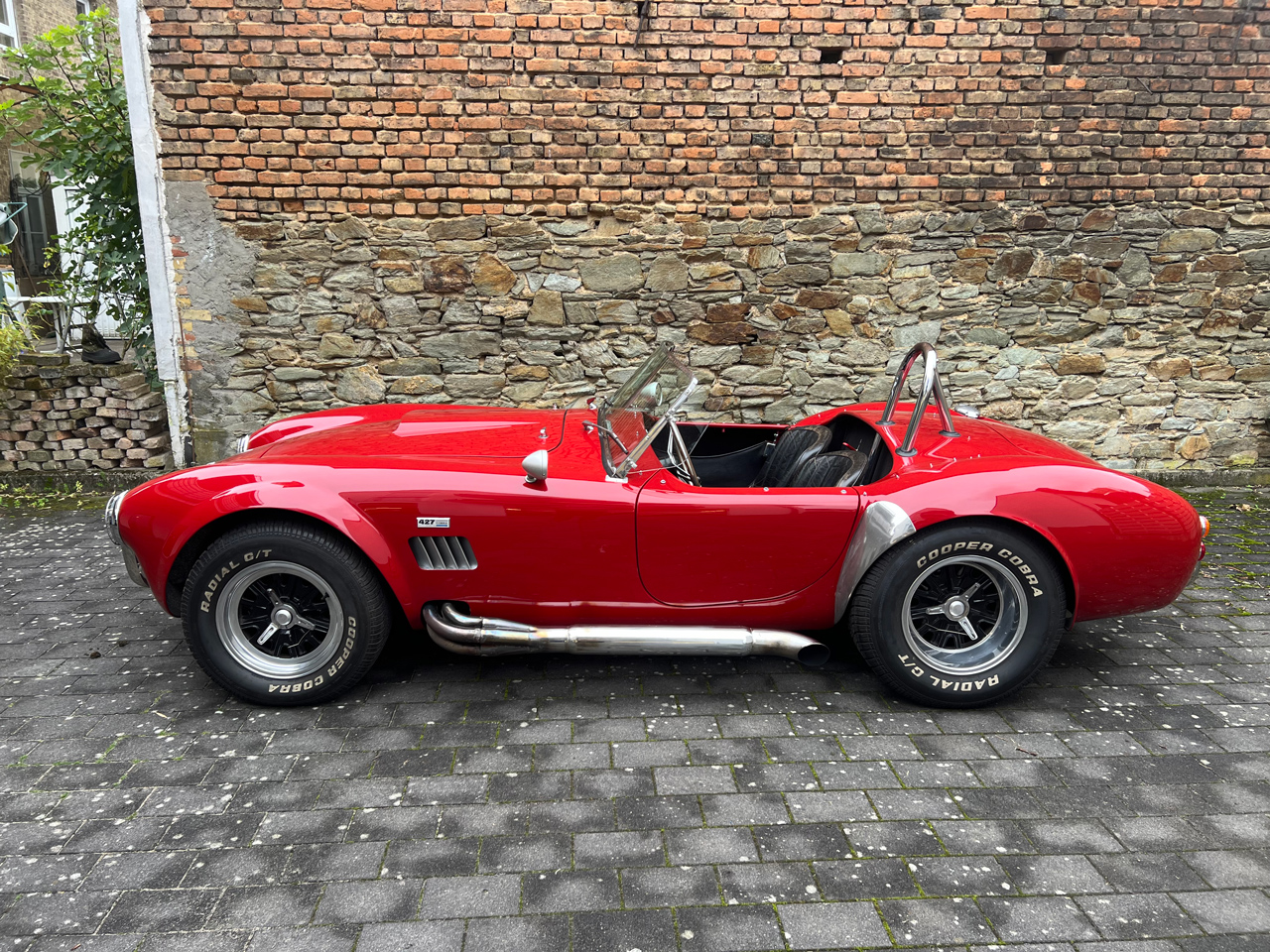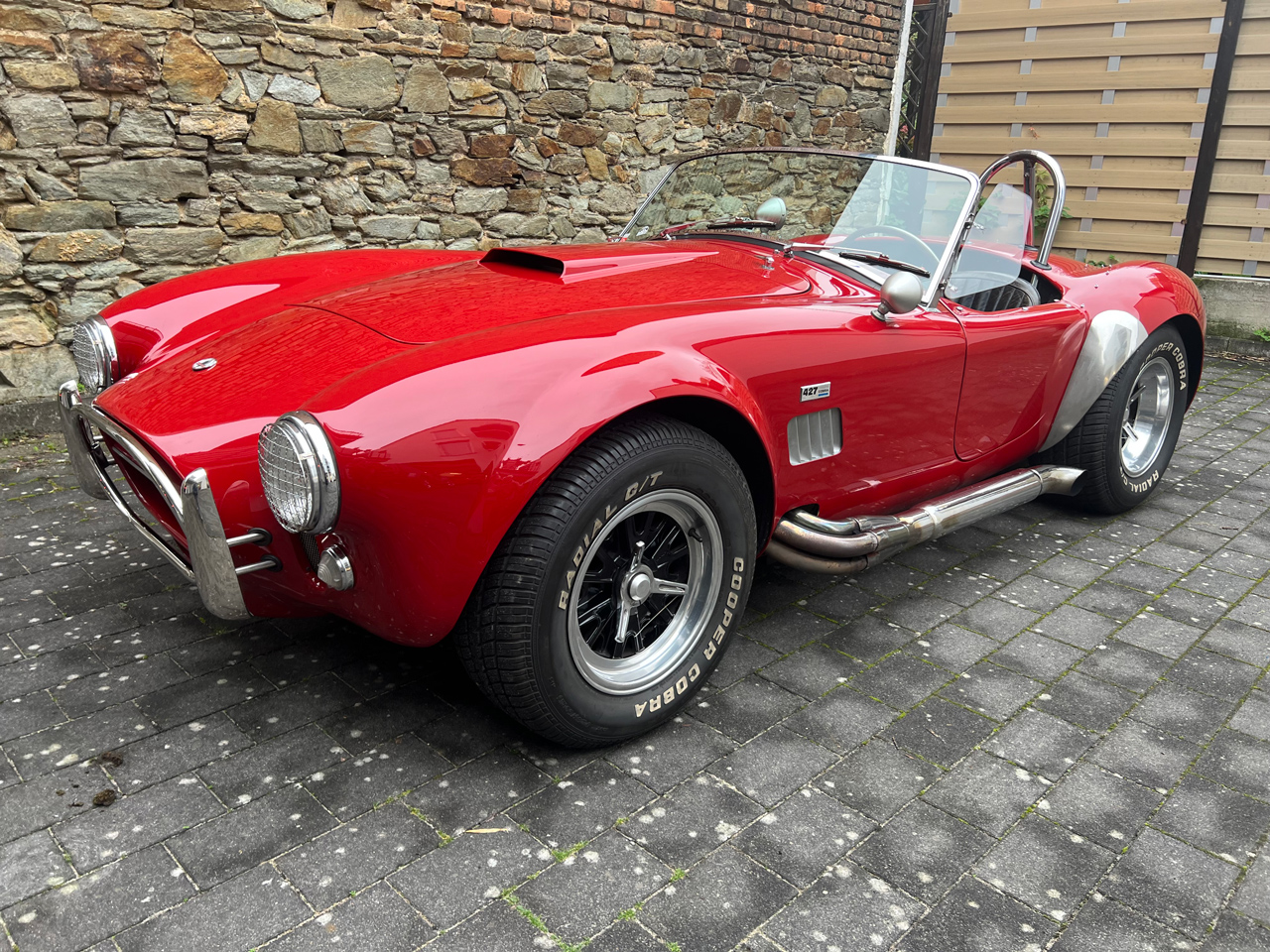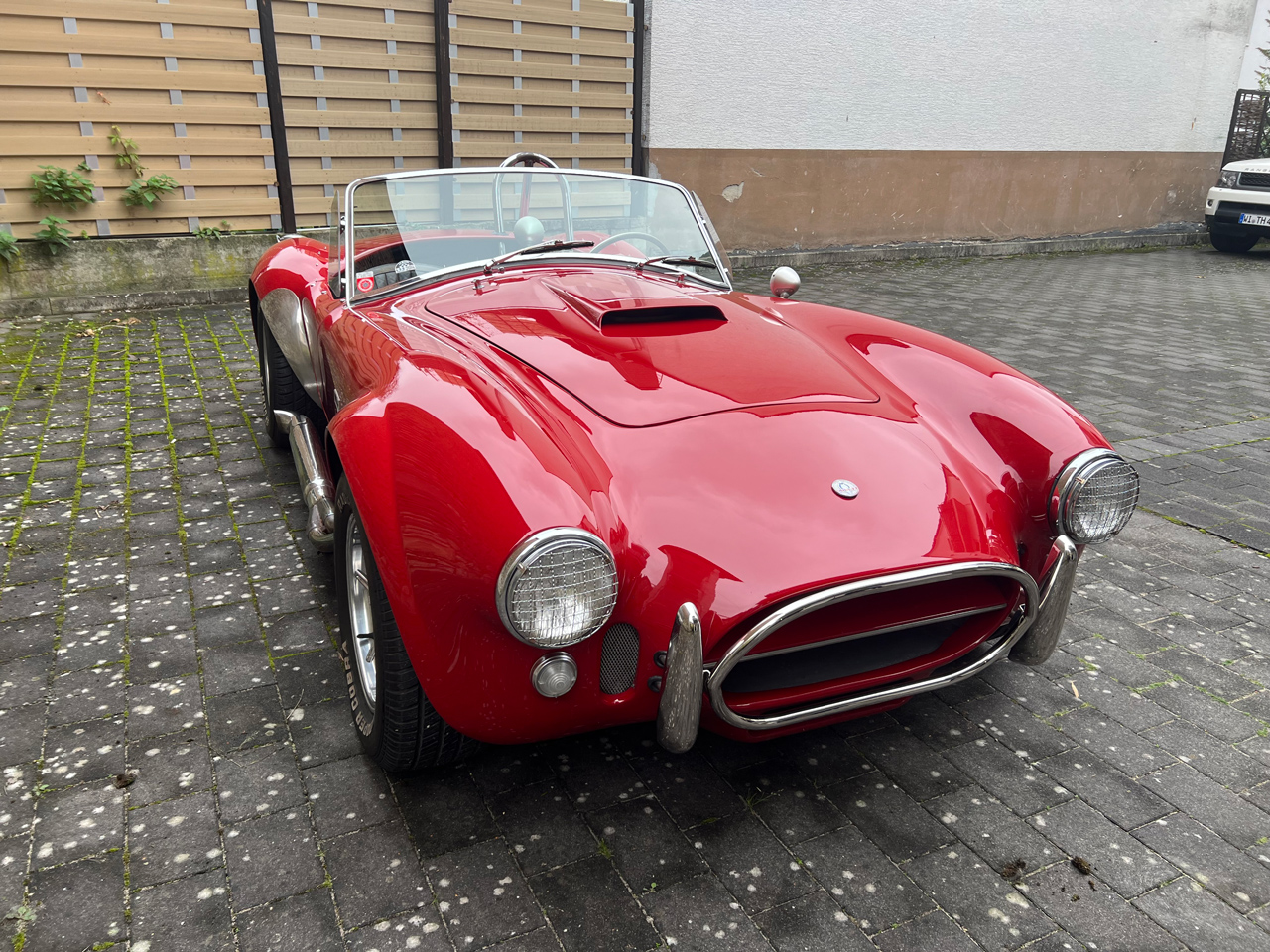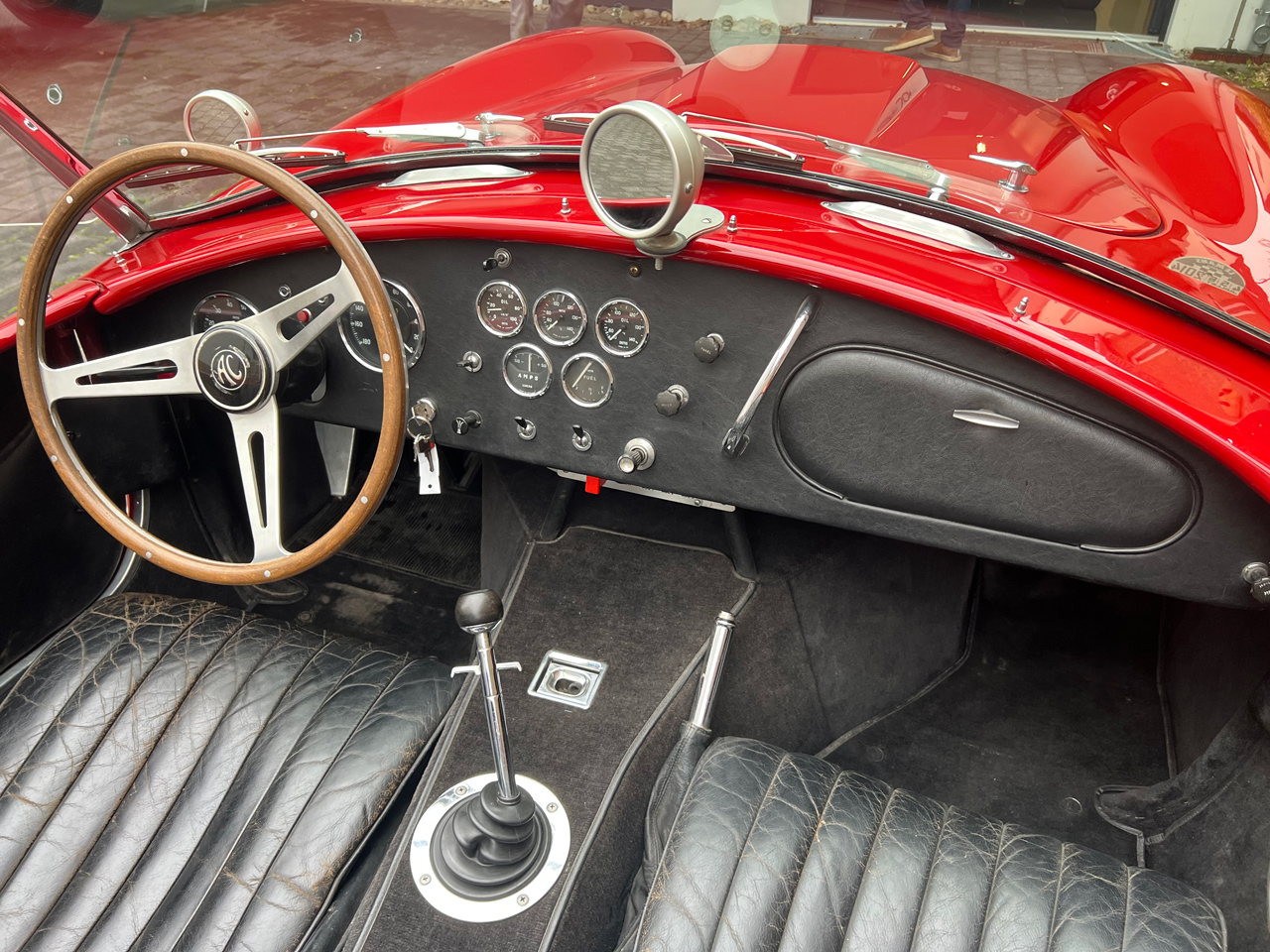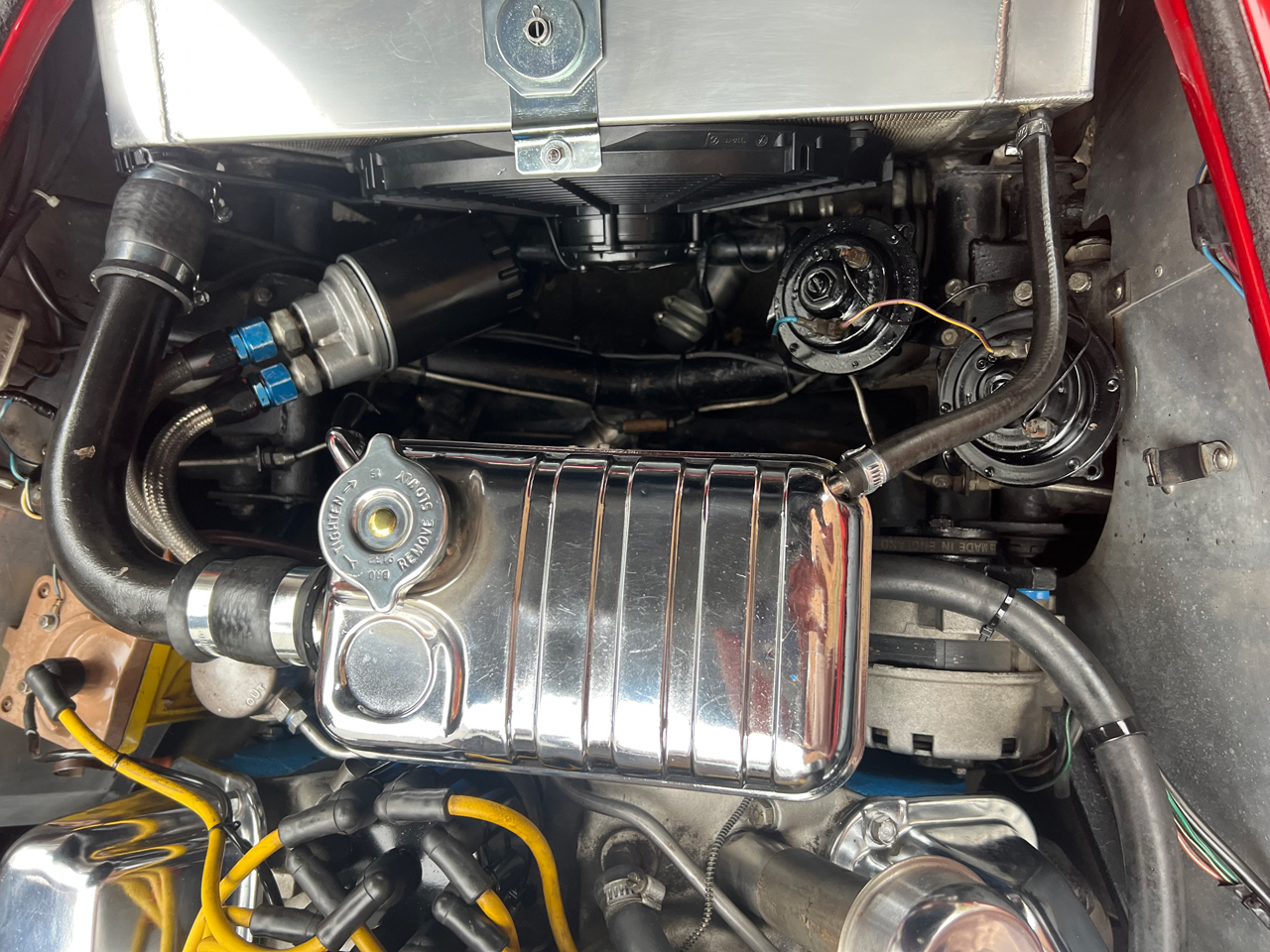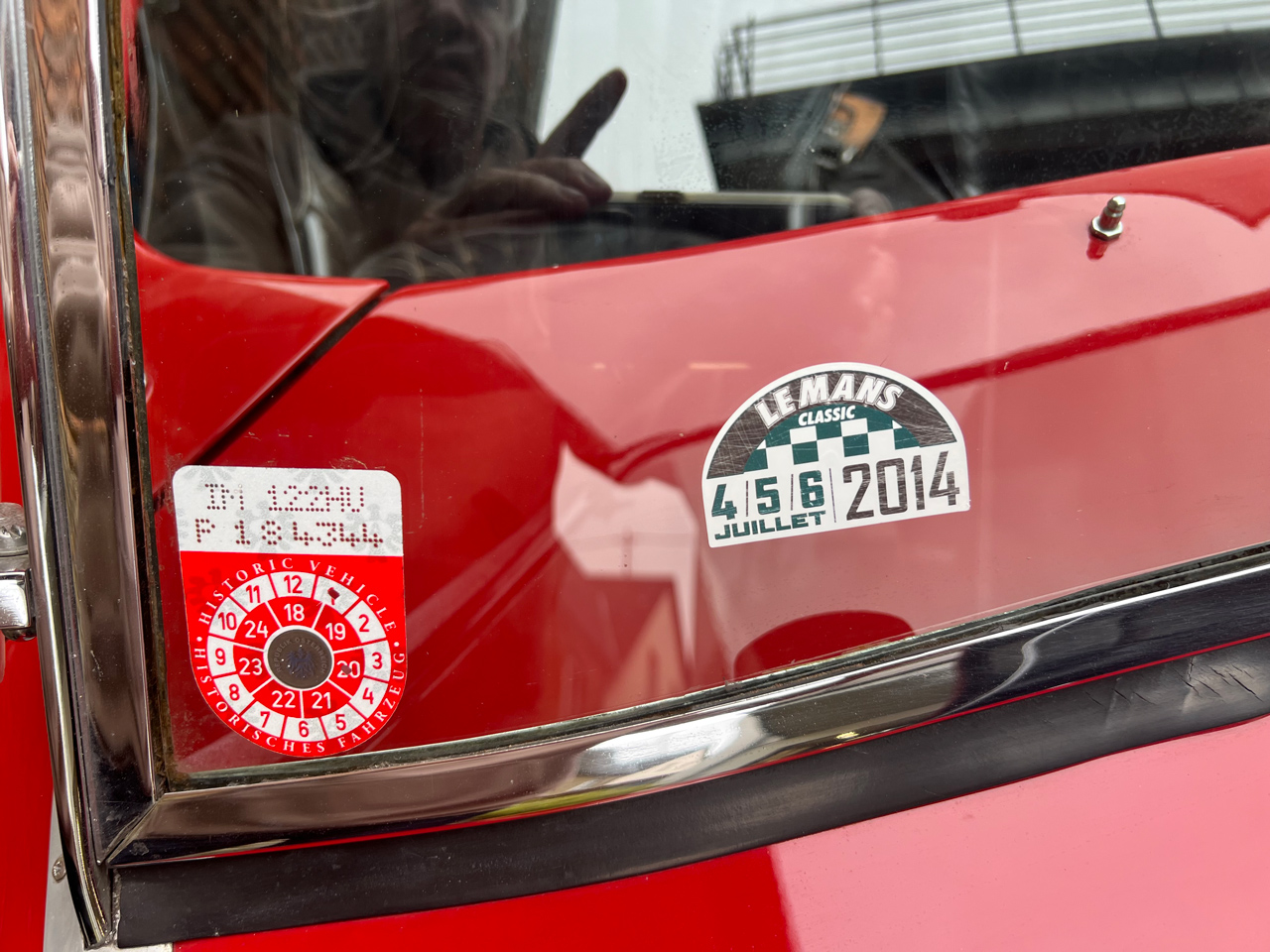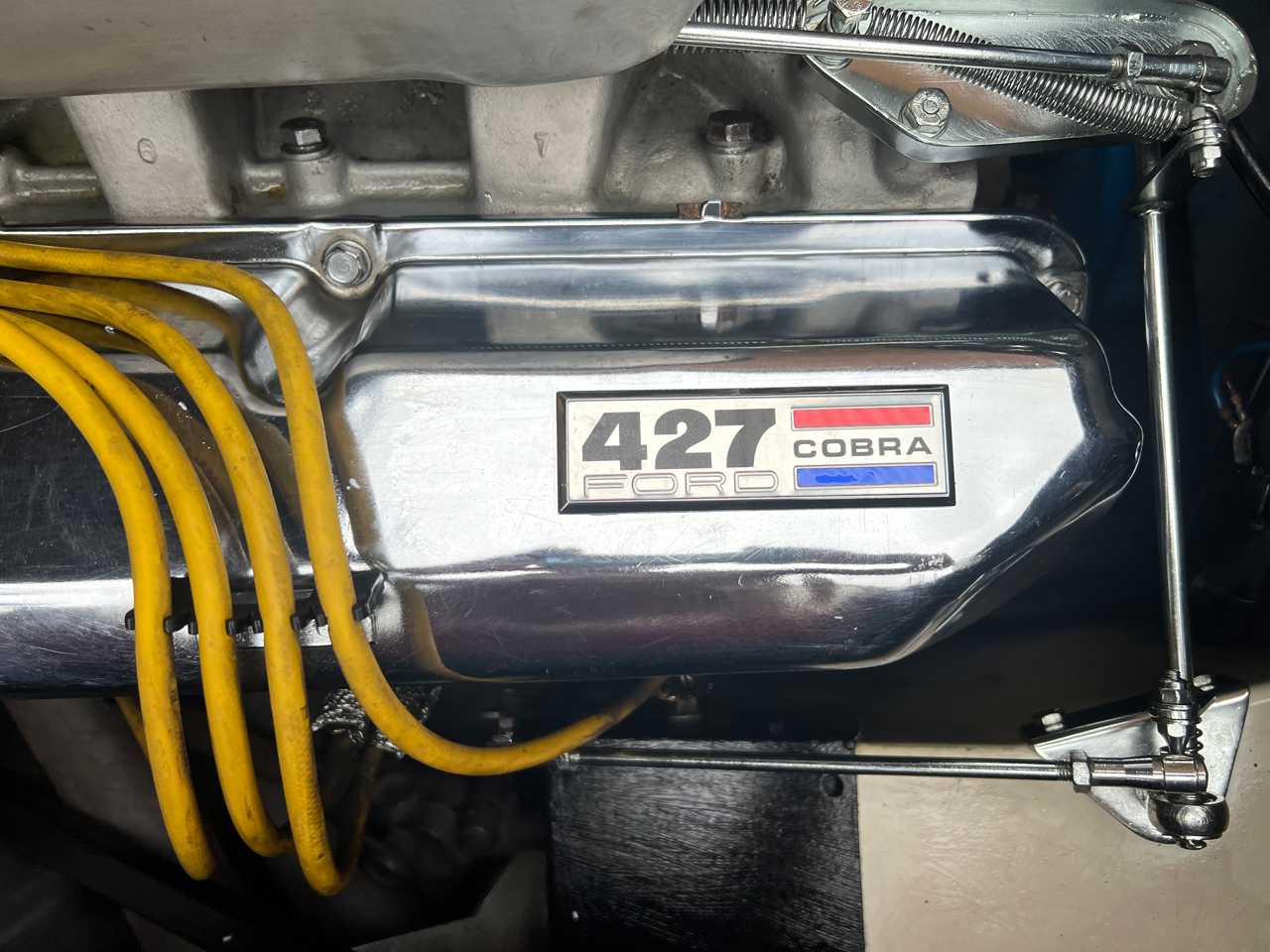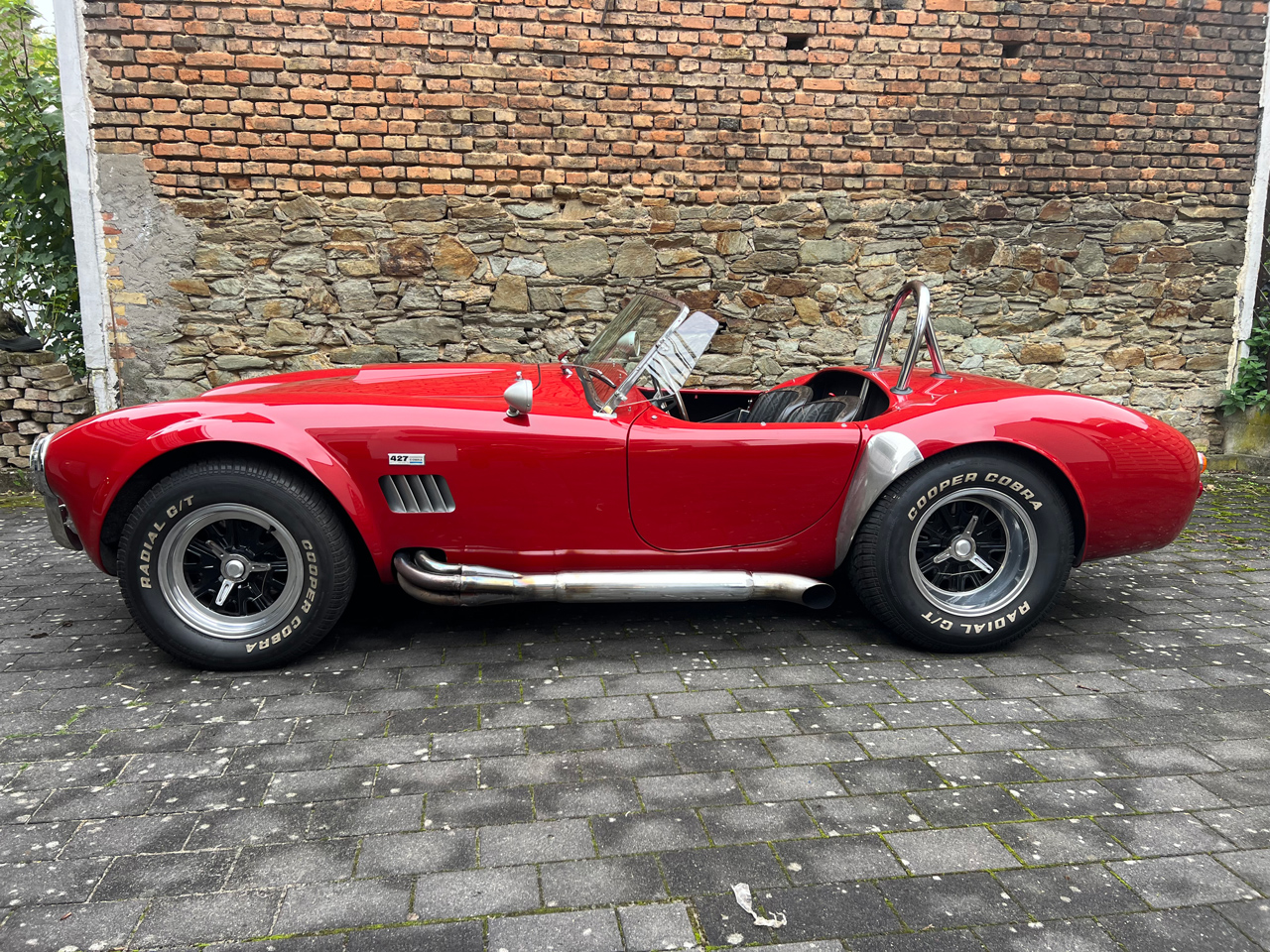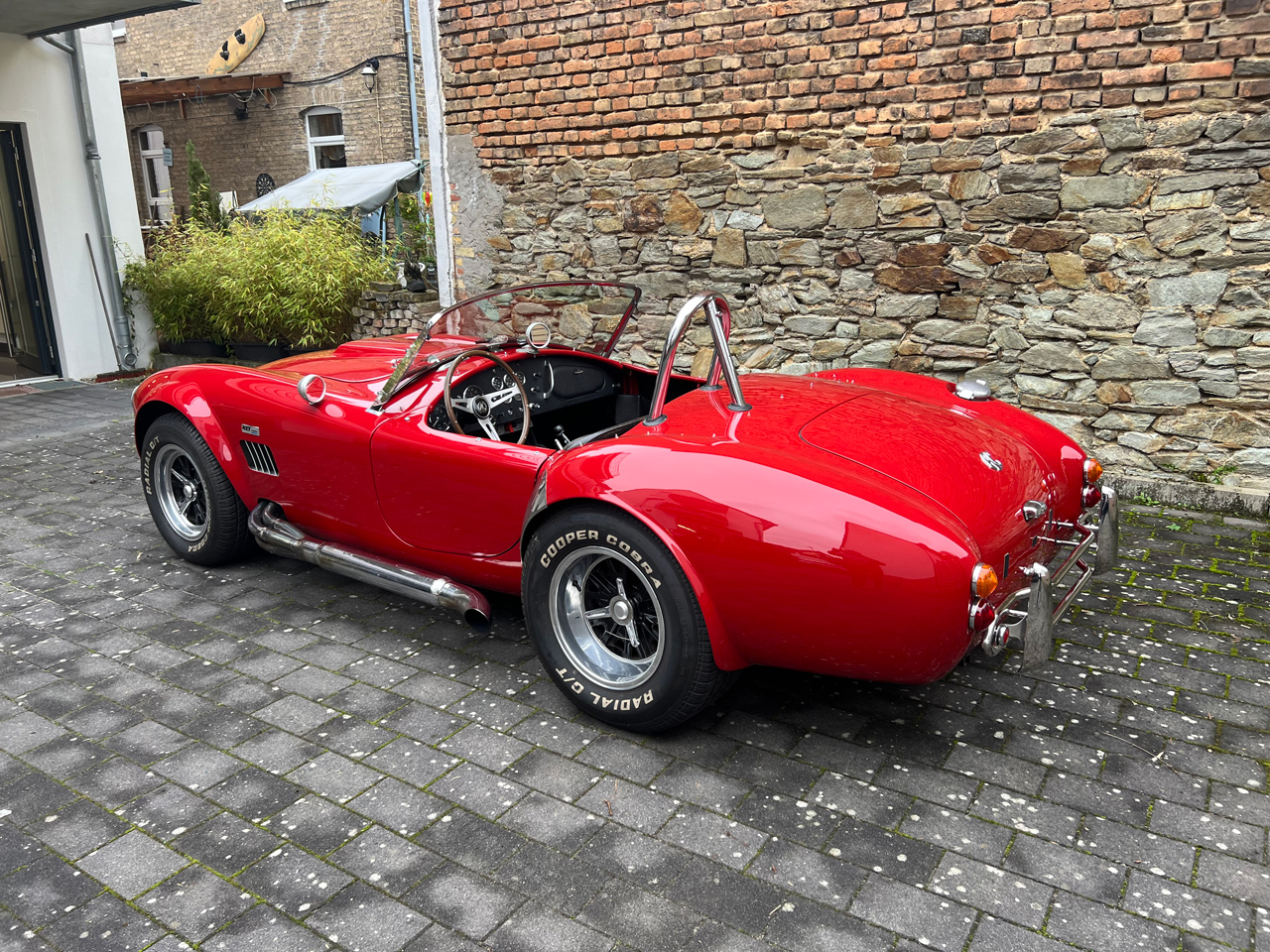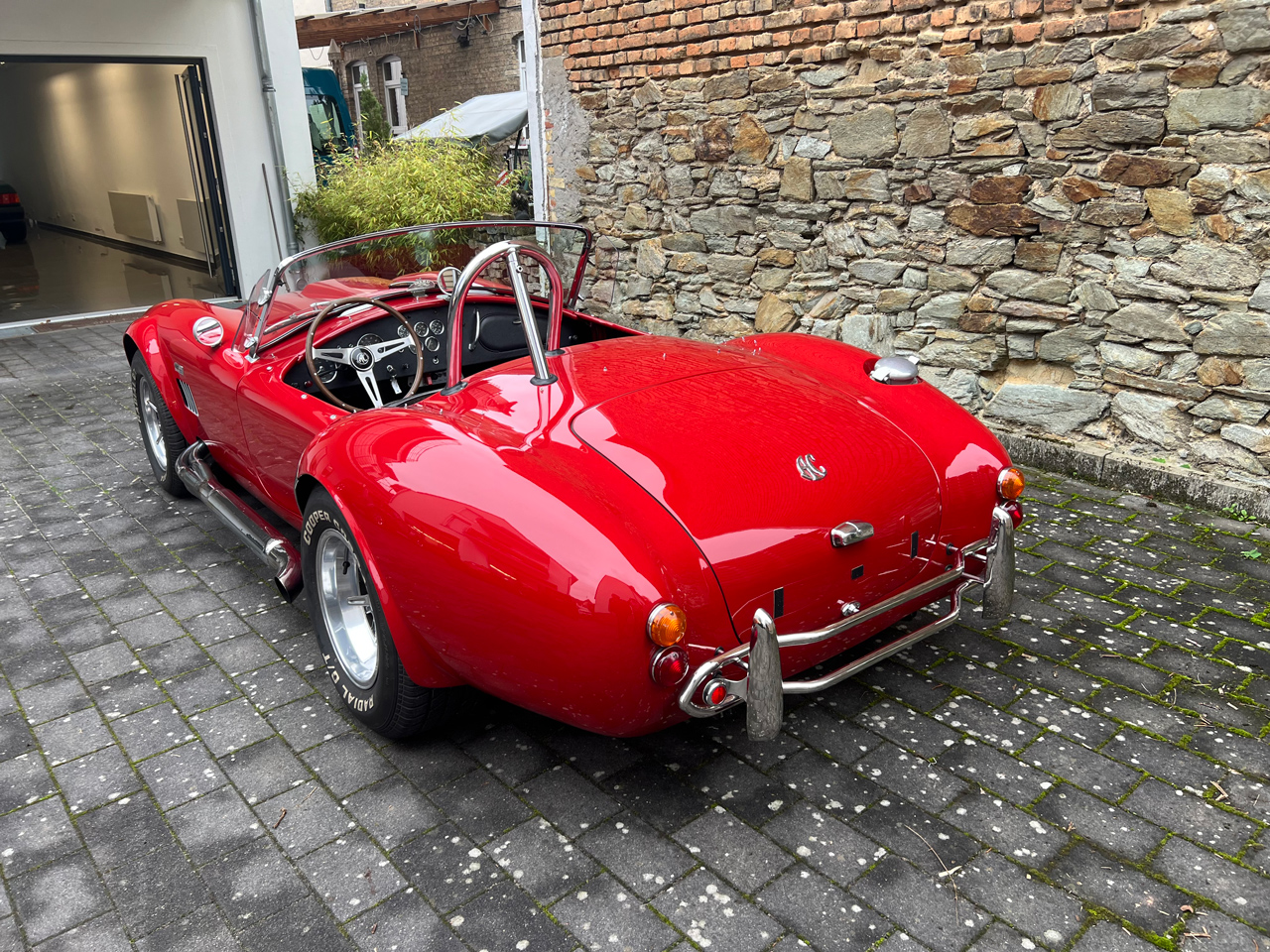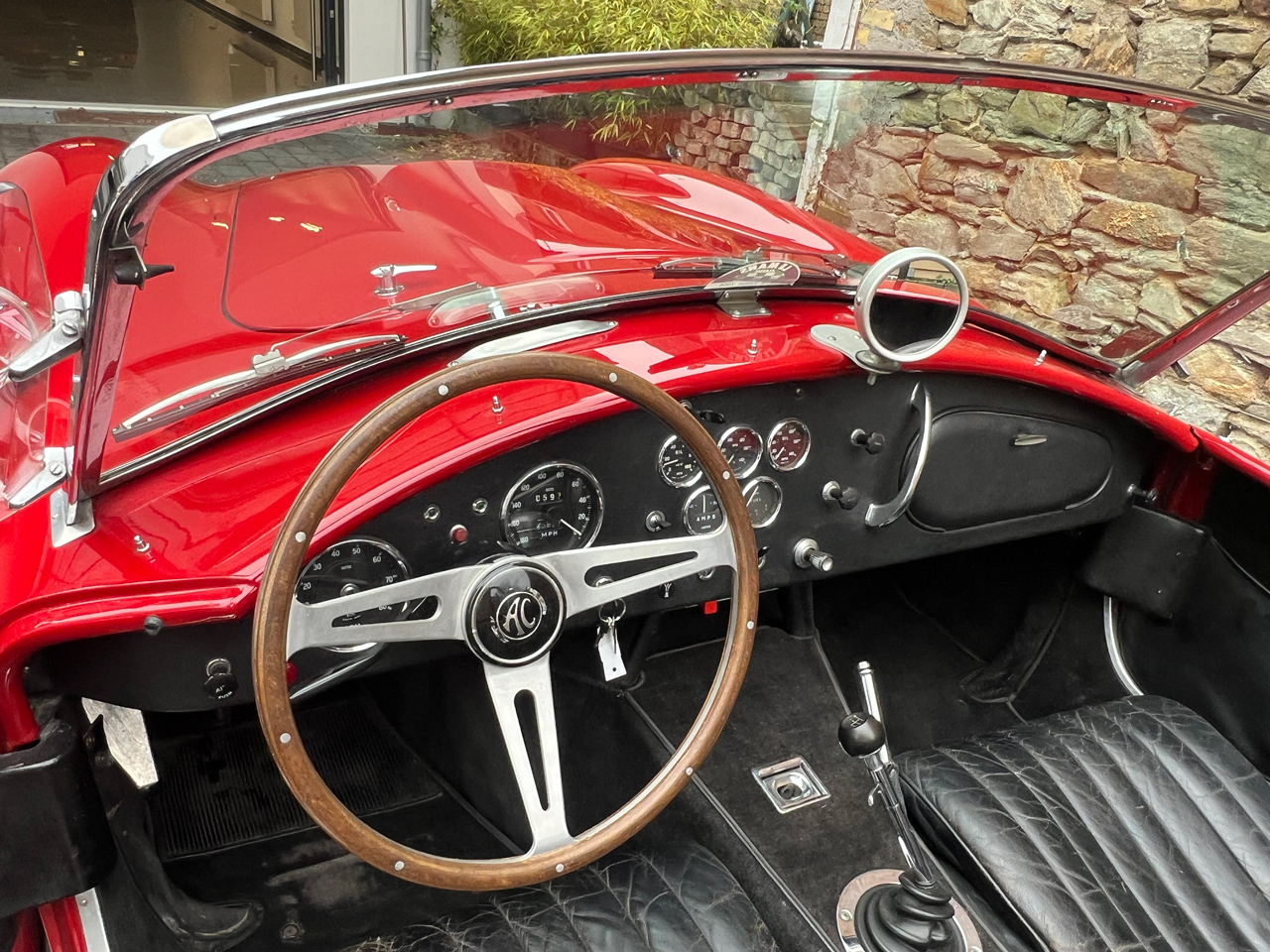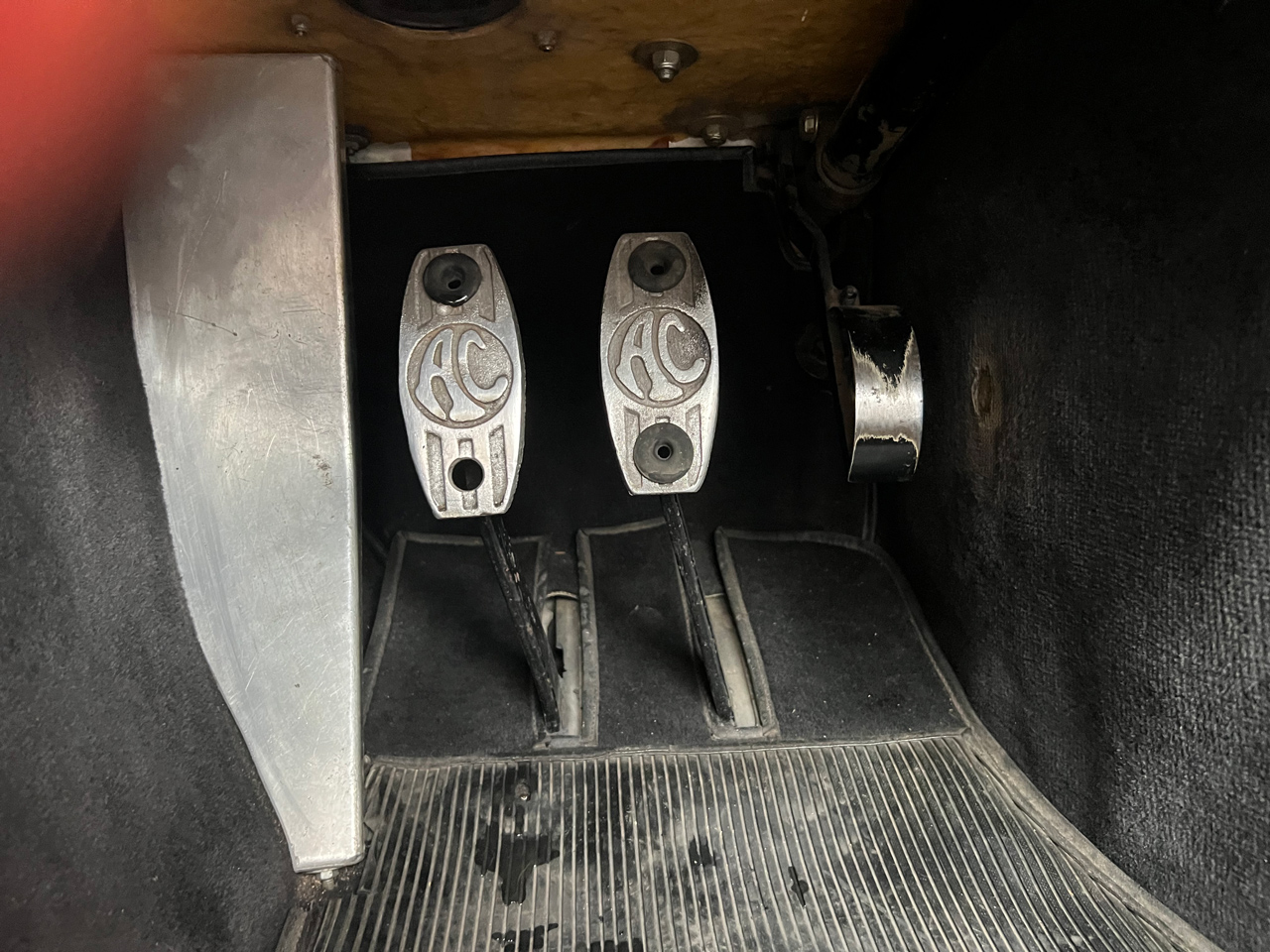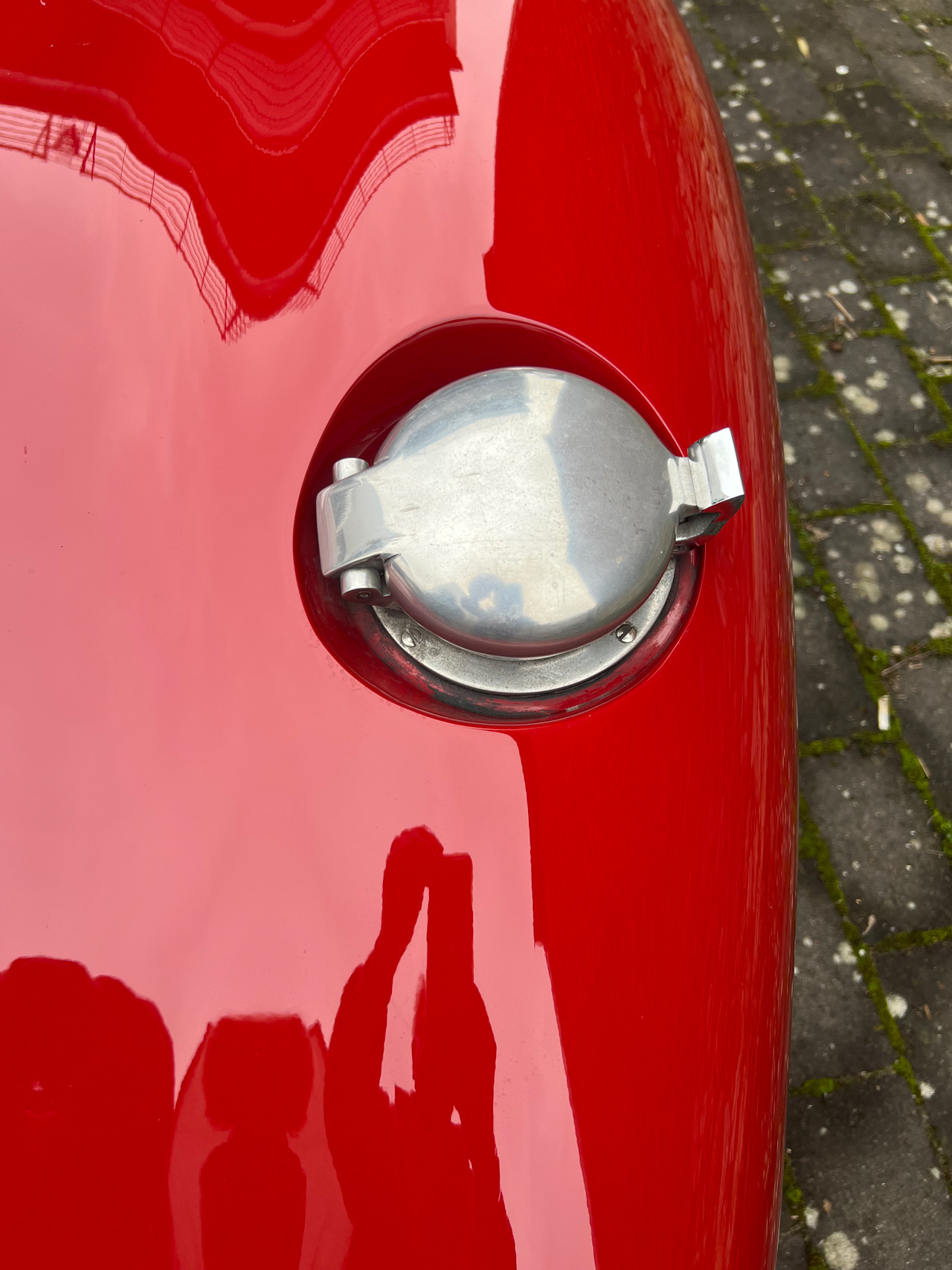1966 Shelby Cobra 427 — Chassis CSX 3258
Category
Located in EuropeShelby Cobra 427 — Chassis CSX 3258
This Shelby Cobra 427, chassis CSX 3258, is an example of the big-block “MKIII” Cobra developed by Shelby American in the mid-1960s. It reflects the transition from the highly successful small-block 260/289 Cobras to the more powerful 427-cubic-inch cars and retains period-correct mechanical specification alongside a largely original presentation.
About the 427 Cobra (MKIII)
Following the Cobra’s U.S. Manufacturers’ Championships in 1963–1965 and the FIA World Manufacturers’ title for GT cars in 1965 with Daytona Coupes, Shelby American sought a further step in performance. The result was the 427 program: a widened body over a new four-inch main-tube chassis, coil-over suspension engineered with Ford (on the same computer used for the GT40), and retention of the 90-inch wheelbase. Initial development began around Sebring 1964 with Ken Miles; the production version was introduced in 1965 as the “427 Cobra” (MKIII). Total production of big-block Cobras remained low, at just over 300 cars.
Shelby’s team had originally expected an aluminum-block FE engine, but Ford ultimately supplied the cast-iron 427. The new chassis and wider bodywork—about seven inches broader with pronounced flares—were necessary to accommodate the mass and output of the big-block unit. On track and road, the 427 established an enduring reputation for very high performance and direct, uncompromising driving character.
Chassis CSX 3258 — History and Presentation
The known record of CSX 3258 indicates a straightforward life compared with many Cobras: archival material from the Seidl European Cobra Archive shows no evidence of major accidents or chassis distortion. After its last registry mention, the car passed to Roger Jean Guy in 1996 and then to Joel Postel in France, at which time it was repainted blue and configured in S/C style (as reflected in the last FIA papers). In the 2010s the car was returned to its delivery-correct red/black appearance; in 2016 it entered a high-profile Austrian collection.
The car was subsequently converted back to left-hand drive during restoration, returning it to original steering specification. The engine compartment, chassis framing, and underbody present as consistent with a quality driver-level example, with the chassis number verified on the frame rail. Side pipes exhibit normal wear consistent with use.
Technical and Mechanical Notes
• Engine: Period-correct FE 427 V8. The block, intake, and heads are correct for a 1966–1967 factory 427; there is no block ribbing suggestive of a warranty replacement casting. The engine starts and runs well, with no smoke cold or warm. Occasional “spit” between shifts is noted and likely addressable through routine service (carburetor, plugs, air filter, etc.). Minor oil seepage at valve-cover gaskets is reported. The coil and wiring are replacements (period-style upgrades), and the coolant tank is presently chrome (original finish was black).
• Suspension/Brakes: Correct layout with coil-over suspension; the car benefits from Koni adjustable shocks. Brakes and suspension components are reported as correct. Chassis rails show no signs of replacement or sleeving.
• Steering/Controls: Conversion back to LHD was executed during restoration; overall engine-bay and installation details match an authentic driver example rather than a show-only car.
Body, Interior, and Equipment
• Body & Paint: Paintwork (completed in the 2010s) presents in very good condition with correct panel fit and seam alignment at hood, doors, and trunk. No cracking is reported. Weatherstripping around doors, hood, and trunk shows age and would benefit from renewal; windshield seal remains serviceable. Stance is even at all four corners. Period images from the Seidl register show only minor historical repairs to fender flares, which is typical for use over more than six decades.
• Interior: Largely original throughout, with commensurate patina. Original seats and carpets show normal wear; the steering wheel and horn button are original. The dashboard was recovered to original pattern and is in excellent condition.
• Instruments & Switchgear: All gauges and switches operate correctly. Instruments are original Smiths apart from a replacement Lucas ammeter. Additional discreet switching under the dash controls the fuel pump and related functions.
• Trunk/Weather Gear: Trunk rivets and seams are proper; paint inside the luggage area shows use. The convertible top, bows, and sidescreens accompany the car and remain in good condition.
Accompaniments and Spares
CSX 3258 is accompanied by a comprehensive file, original books (unusual, as few Cobras were supplied with documentation), a jack and Thor hammer, plus a set of Sunburst wheels as spares.
Configuration and Originality
As inspected, the car carries typical S/C-style features (hood scoop, roll bar, side pipes). The report notes that returning to factory production configuration would be straightforward: remove the scoop, roll bar, and side pipes, and refit the original wheels included with the car.
Performance (period data)
Contemporary testing underscores the model’s capability. Car and Driver (November 1965) recorded indicative figures for a 427 Cobra of 0–60 mph in 4.3 s, ¼-mile in 12.2 s @ 118 mph, top speed 165 mph, and 0–100–0 mph in 14.5 s; engine output was cited at 485 bhp @ 6,500 rpm for the tested specification. These values remain instructive as period benchmarks; they are referenced here as historical context rather than as-tested results for CSX 3258.
Summary
CSX 3258 represents a well-documented 427 Cobra with period-correct powertrain, largely original interior, and a clean, traceable history showing no evidence of major accident damage or frame repair. It includes desirable documentation and spares, and it presents in delivery-correct colors following earlier S/C configuration. The car is configured for use while allowing a relatively simple path to full factory-style presentation if desired.


